The Arctic is currently warming at a much faster rate than the global average. This rapid warming is causing the thawing of permafrost (permanently frozen soil), leading to severe consequences for the Arctic ecosystem. Permafrost covers around 25% of the land area in the Northern Hemisphere and holds vast amounts of carbon. When permafrost thaws, it can release significant amounts of greenhouse gases such as CO2 and methane, which can further accelerate global warming.
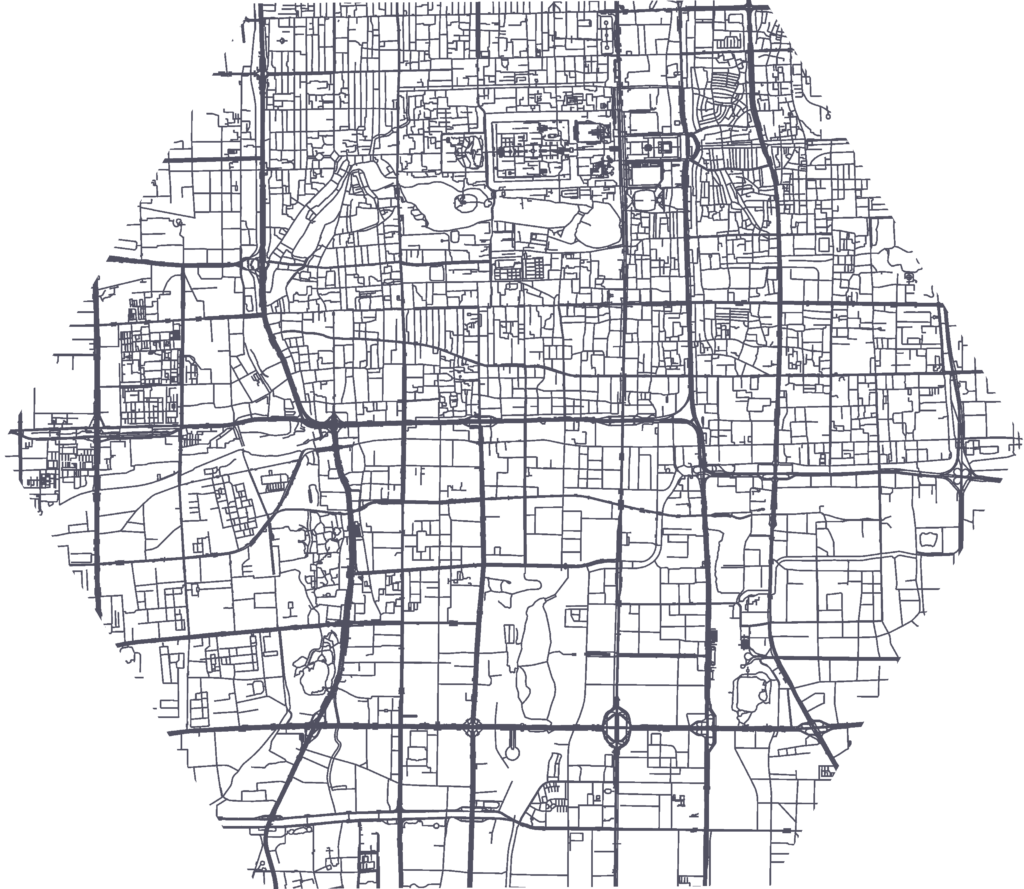
Unlike glaciers, permafrost is not directly visible on the Earth’s surface, making it difficult to monitor. This raises the question: how can we gather reliable, up-to-date data on permafrost thaw to inform scientific climate impact assessments?
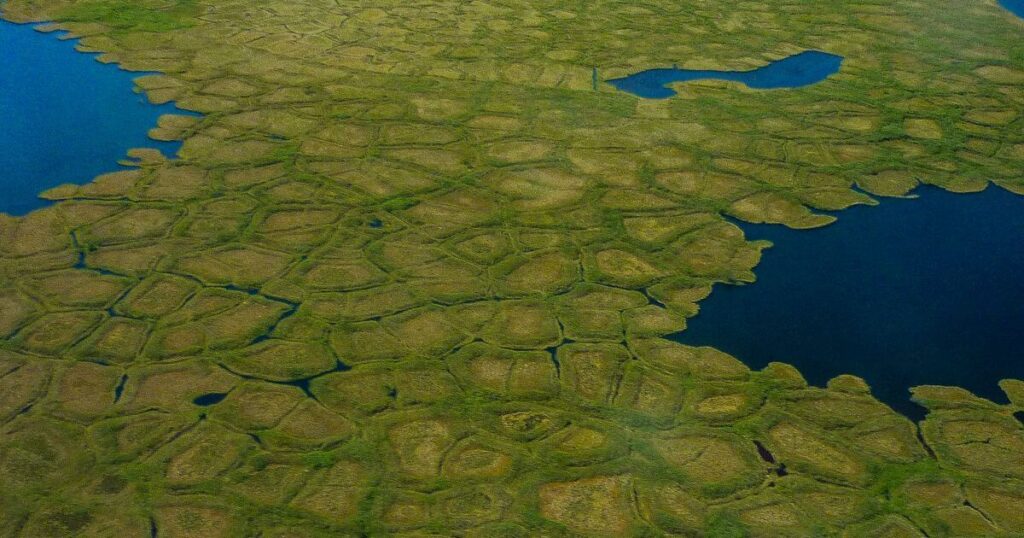
Figure 1: Polygon patterns on the earth’s surface give an indication of permafrost in the soil. (© Josefine Lenz)
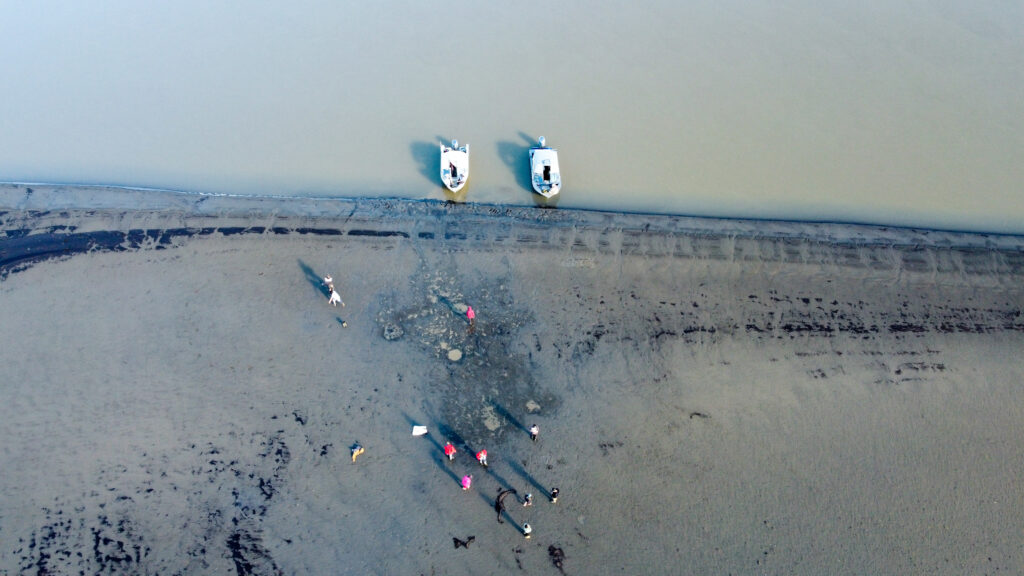
Students in Canada capture high-resolution drone images of the Arctic landscape, offering valuable insights into land surface changes caused by permafrost thaw.
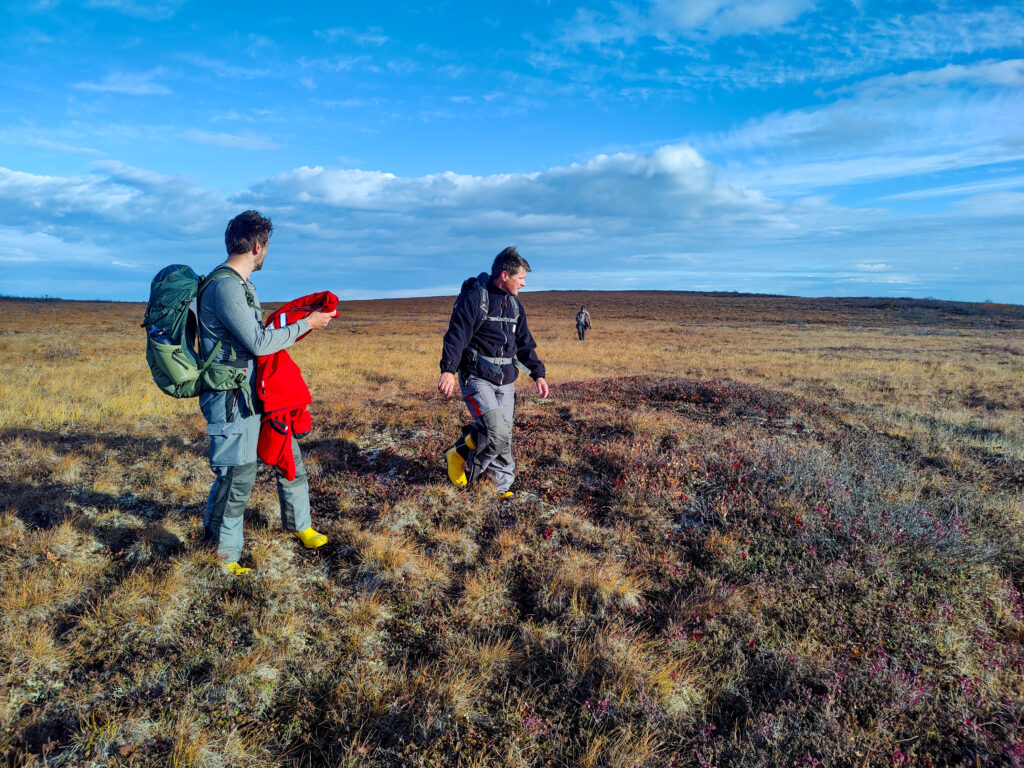
The full extent of how thawing permafrost contributes to global warming is still uncertain. Our goal is to make permafrost more visible and better understood.
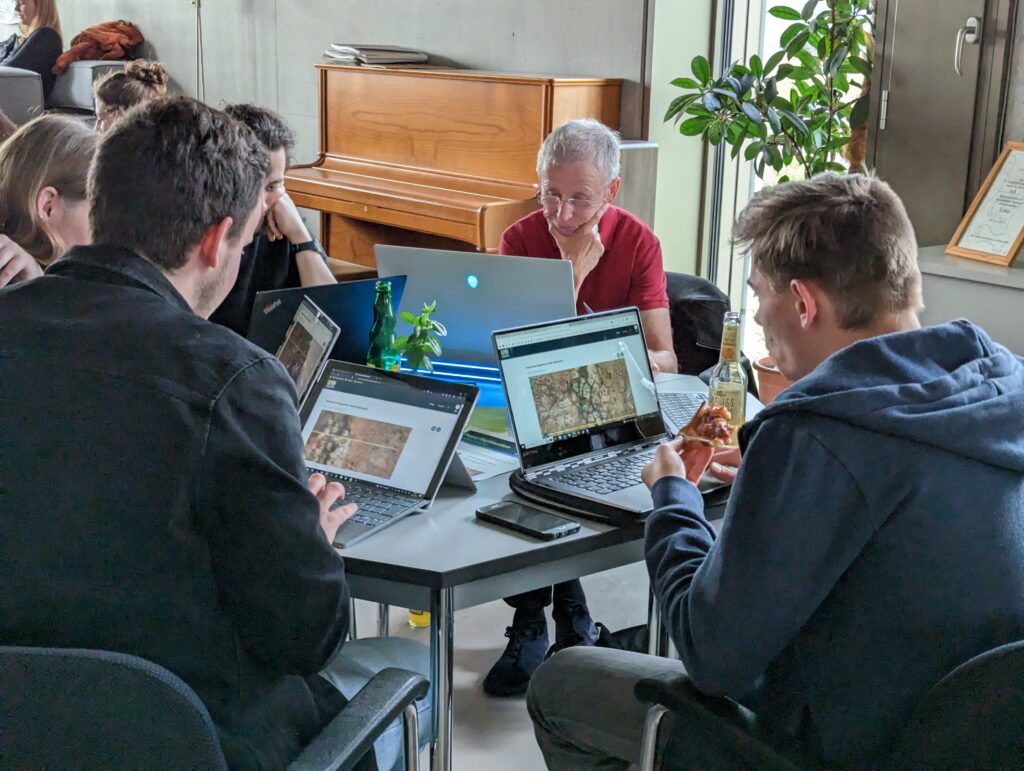
These drone images are analyzed by citizen scientists and students, enabling precise mapping of permafrost areas and land surface disturbances.
The project aims to combine the citizen scientists' contributions with machine learning methods to allow large-scale mapping of permafrost structures for the first time.
Students in Germany will have the chance to understand the global impacts of climate change while exchanging knowledge and experiences with school classes in Canada.


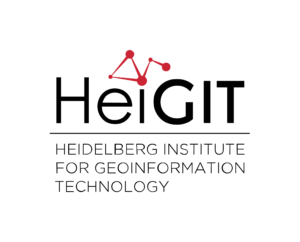
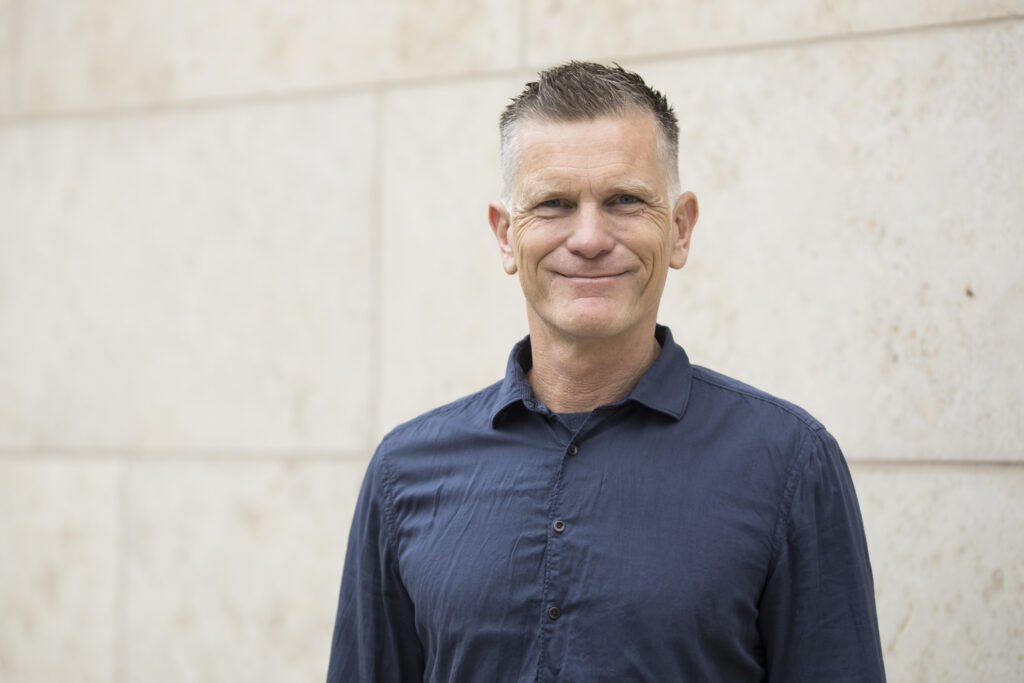
Prof. Dr. Alexander Zipf
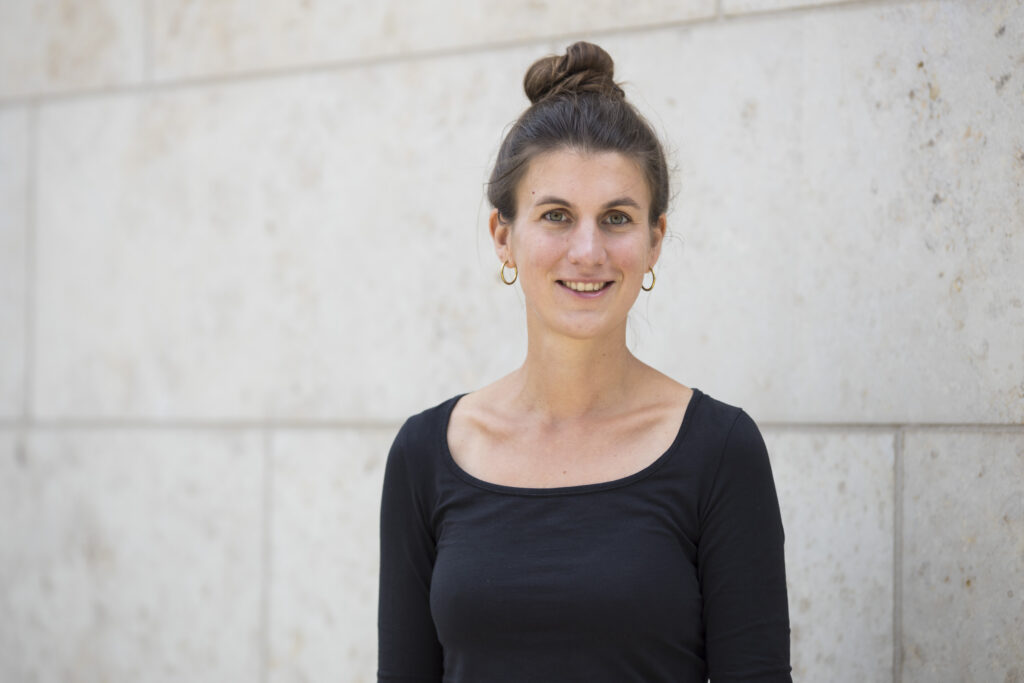
Sabrina Marx

Oliver Fritz

Pauline Walz

Johannes Bosch
In 2022, we embarked on an insightful expedition to Aklavik,…
On 27th June 2023, Oliver Fritz and Sabrina Marx from…
Das neue Forschungsprogramm Innovationen zur Anpassung an den Klimawandel der Baden-Württemberg Stiftung unterstützt Projekte, die Strategien für den Umgang mit den Folgen des Klimawandels entwickeln. Die Projekte nehmen dabei vor allem den Schutz betroffener Menschen und mögliche Anpassungsstrategien in den Blick.